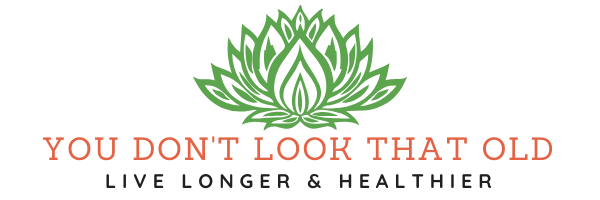Jump to Autophagy
Jump to Bioavailability
As I dove deep into the topic of aging and longevity, my mind quickly became overwhelmed with the numerous healthspan optimization terms. So, I began to write them down and to keep track of those vocabulary words that challenged me. As a result, I had to share my glossary of terms with you. Keep in mind that this is a live page that will continuously be updated.

Autophagy
The literal meaning of “autophagy” is “self-eating” and serves as a metaphor for the function. Autophagy is the body’s way of cleaning out damaged cells in order to regenerate new cells.
Dr. Rhonda Patrick introduces the function remarkably by explaining homeostasis. She writes: “Homeostasis, a cell’s ability to maintain a constant internal environment, is essential to cell survival. It is predicated on achieving an equilibrium between the processes of production and degradation of cellular components.
One major pathway for degradation is autophagy, an intracellular program involved in the disassembly and recycling of unnecessary or dysfunctional cellular components.”
Bioavailability
So, you take supplements but are these supplements actually being absorbed into your body? Bioavailability is a termed used in pharmacology to refer to the degree and rate to which a drug is absorbed into the body’s circulatory system. So, a drug administered intravenously is considered 100% bioavailable. For example, a pill is less bioavailable than a liquid drop.
NAD+
Nicotinamide adenine dinucleotide (NAD+) is a cofactor – a molecule that assists enzymes in chemical reactions – that plays an essential role in multiple physiological processes such as energy metabolism, DNA repair, and immune activation.
NAD+ is essential for the activity of sirtuins, a class of enzymes involved in longevity, and poly ADP-ribose polymerase (PARP), a family of DNA-repair enzymes. NAD+ can be synthesized in the body from a variety of dietary sources including tryptophan (an amino acid) and the three forms of niacin. Niacin is found in a variety of foods, including beans, milk, meat, and eggs.
Nicotinamide Mononucleotide
Nicotinamide mononucleotide (NMN) is a precursor molecule for the biosynthesis of nicotinamide adenine dinucleotide, or NAD+, a coenzyme that participates in the production of cellular energy and DNA repair. Foods such as avocados, broccoli, and beef contain Nicotinamide Mononucleotide.
Resveratrol
Part of a group of compounds called polyphenols, resveratrol is thought to act like antioxidants, protecting the body against damage that may put your body at higher risk for cardiovascular disease and cancer.
Resveratrol is a natural compound found in the skin of red grapes, blueberries, raspberries, peanuts, and red wine. It has anti-inflammatory properties and has capacities to activate sirtuin, an enzyme that impacts aging and longevity.
Sirtuins
Sirtuins are a family of proteins that play key roles in healthspan and longevity. They are linked to the regulation of a variety of metabolic processes, including the release of insulin, mobilization of lipids, response to stress, DNA expression, and modulation of lifespan. Sirtuins can only function in the presence of NAD+, nicotinamide adenine dinucleotide, a coenzyme
